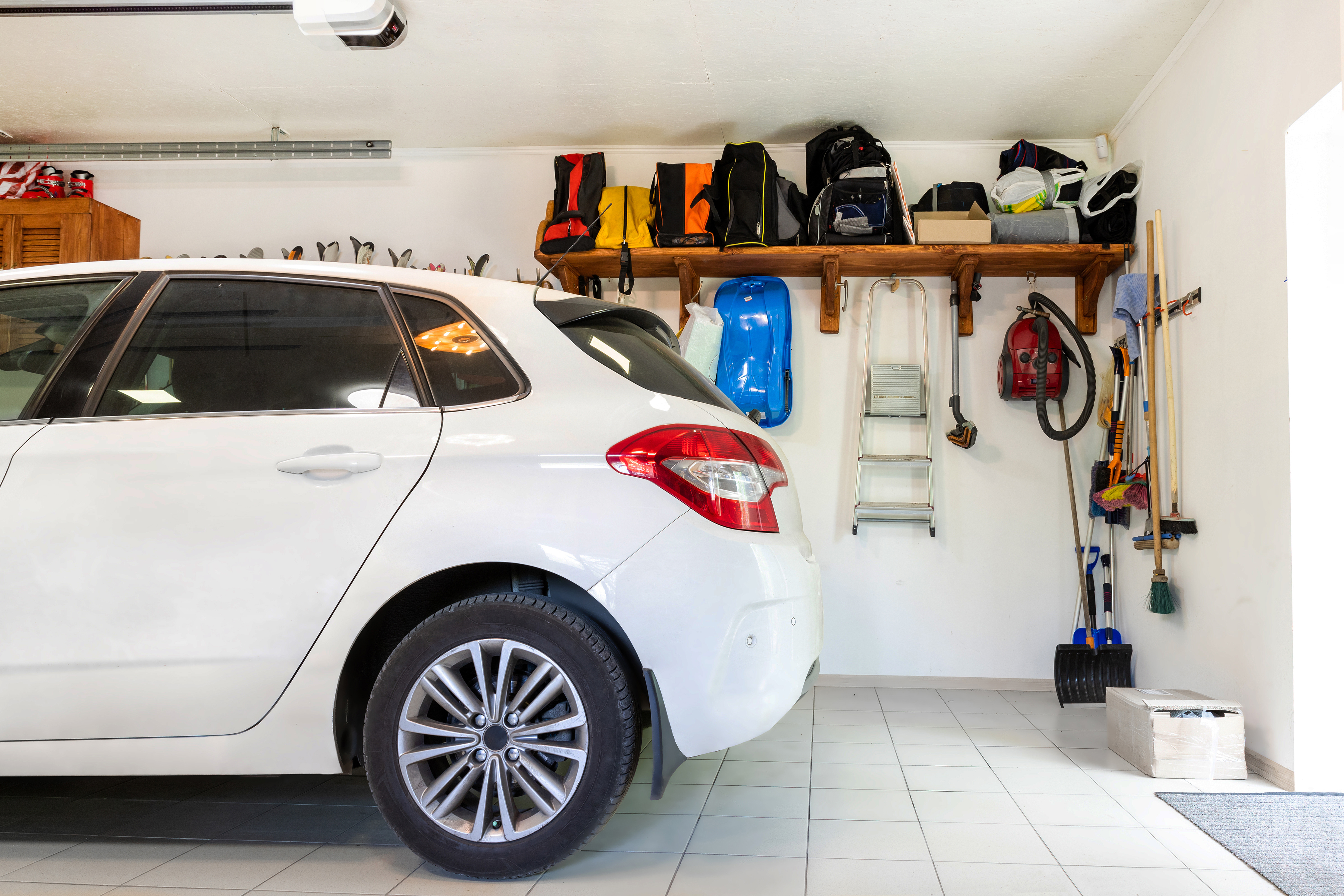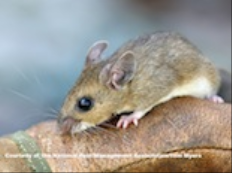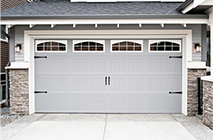
Bugs and Mice in the Car
Whether you park your car outside or inside a garage, it is possible for pests to set up residence inside your car and cause expensive damage. From the warmth of a car engine, to protection from predators and plenty of wiring for chewing, your vehicle is an ideal place for rodents and bugs to seek refuge during the winter. A pest infestation in your car can cause not only expensive damage to your vehicle, but can potentially expose you to dangerous diseases like hantavirus as well.
These pesky invaders include Carpet Beetles, Deer Mice and Norway Rats.
Car Pest Identification
Carpet Beetles

Carpet beetles like to eat carpets and woolen fabrics, as well as feathers and dead insects. Carpet beetles are one of the most common bugs found in cars, but they are also frequently found in attics or homes with wall-to-wall carpeting. Here is how to identify carpet beetles:
- Black with white, yellow, and brown patches
- 6 legs and antennae
- 1 1/6” inches in size
Deer Mice

Although deer mice are rarely found inside homes, they often turn to garages, sheds or cars for shelter during the cold winter months. Here are some of the physical characteristics that can help you properly identify deer mice in cars:
- Tawny brown back
- White feet and underbelly
- Round body
- 5 to 8 inches in length
- Larger eyes and ears
- Long, thin tails
Norway Rats

Like deer mice, Norway rats may also resort to living inside your car for shelter during the winter. Here are some key traits to help you identify them:
- Brown fur with scattered black hairs
- Gray to white underside
- 7 to 9 1/2 inches in length
- Long, heavily bodied shape with a blunt muzzle
- Small eyes and ears
MORE FROM THE NATIONAL PEST MANAGEMENT ASSOCIATION
What are the Signs of a Pest Infestation in the Car?
Spotting evidence of mice or bugs inside your car is not always easy. The telltale signs of a rodent infestation can be seen in the damage that rodents cause, such as:
- Chewed wires
- Pellet-like droppings
- Gnawed upholstery
- Nests made out of shredded fabric, paper products, cotton packing materials
- Greasy tracks or rub marks left behind by their fur
Identifying a bug infestation really comes down to spotting the bugs, likely in hard-to-reach nooks around the mats.
Where Do Car Pests Come From?
Rodents and bugs are often drawn to cars for the shelter they provide. While they are inside your vehicle, they are safe from the elements and predators. There is also plenty of material for them to chew, including the fabric of your car seats and the wiring found in the interior of your car.
Rodents can squeeze through the smallest of cracks and crevices to gain access to your vehicle. Rats can squeeze themselves through a hole the size of a quarter, while mice only need an opening the size of a dime to fit through.

How to Keep Mice and Bugs Out of the Car
To prevent a rodent or bug infestation from occurring inside your car, there are a few preventative measures you can take to be a step ahead of these would-be invaders:
- Keep your car clean by removing trash and paper products that mice may use as nesting material.
- Prevent moisture build-up by ensuring your heater isn’t leaking and that there are no wet materials inside your car.
- Eliminate entry points by keeping your windows and sunroof closed when your car is not in use.
- If you park your car inside your garage, ensure the garage is rodent-free by keeping trash cans properly sealed, cleaning clutter and sealing any tiny openings where rodents can squeeze through.
- In the winter months, check under the hood of your car for rodent nests, as they are drawn to the warmth it generates.
Find a Pest Control Professional for Car Pests
The most effective way to get rid of pests in your car or garage is to call a licensed pest control professional. A qualified professional will conduct an inspection to identify the source of the problem and recommend a proper course of treatment.













